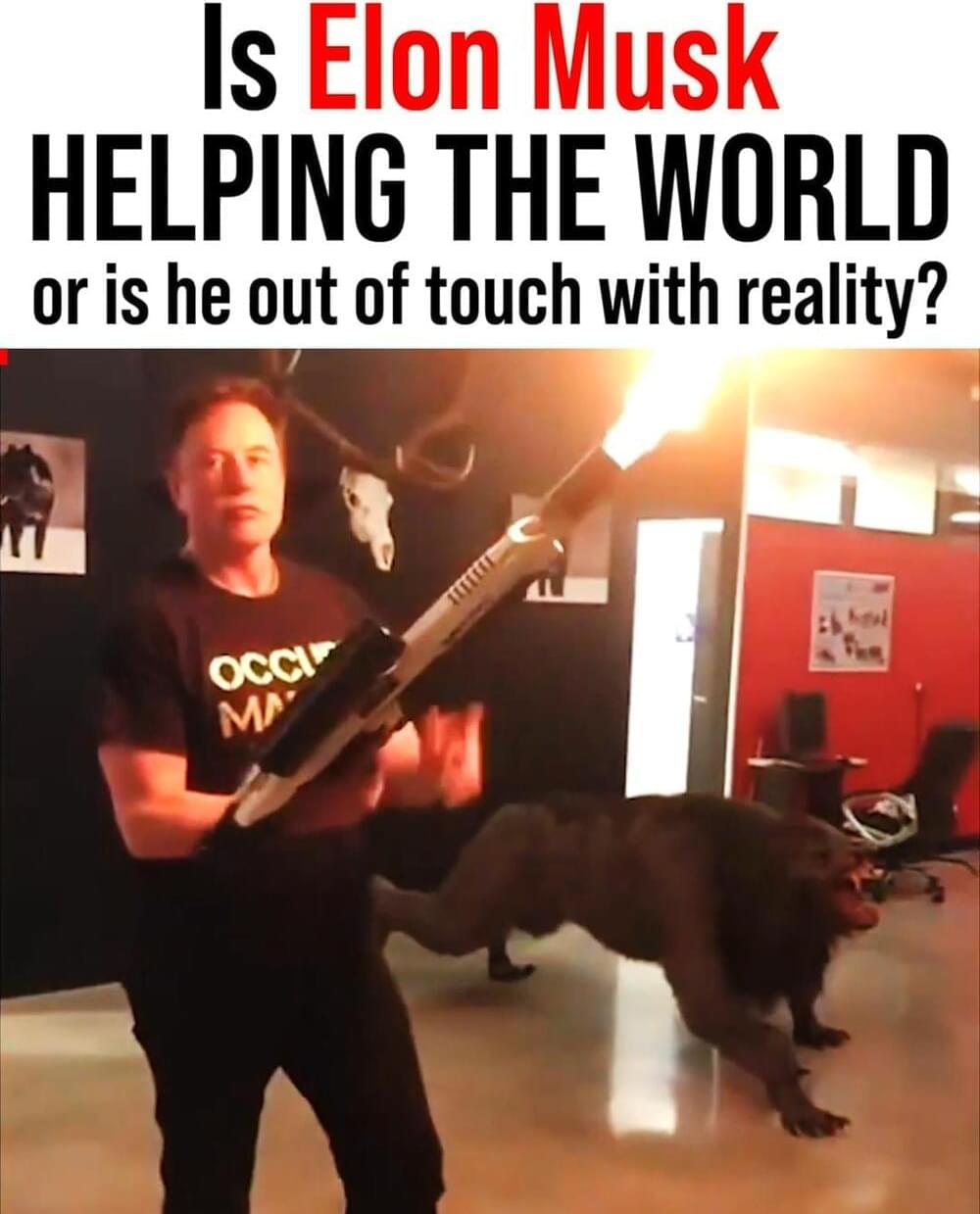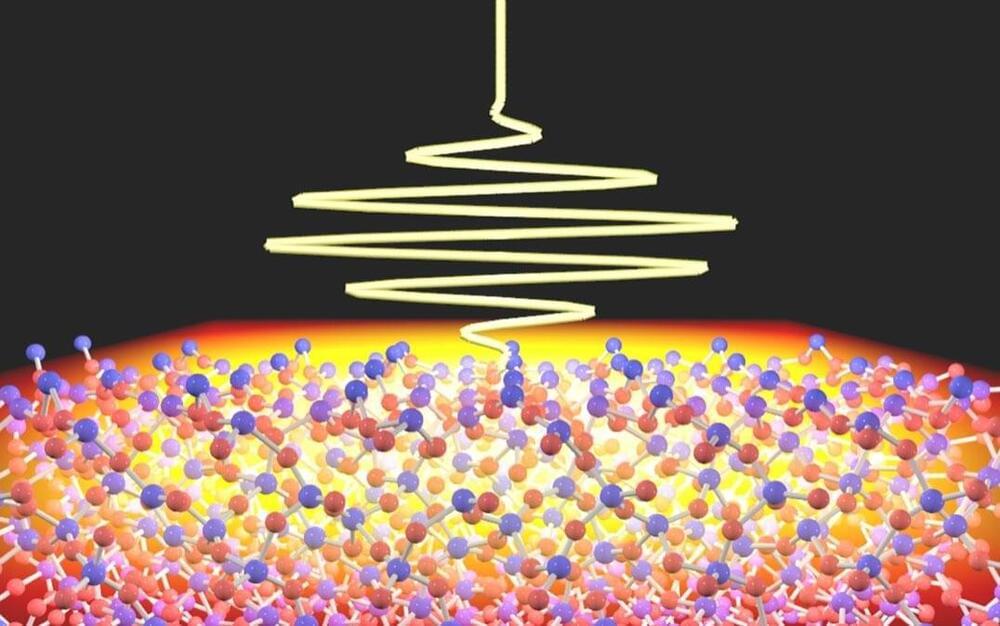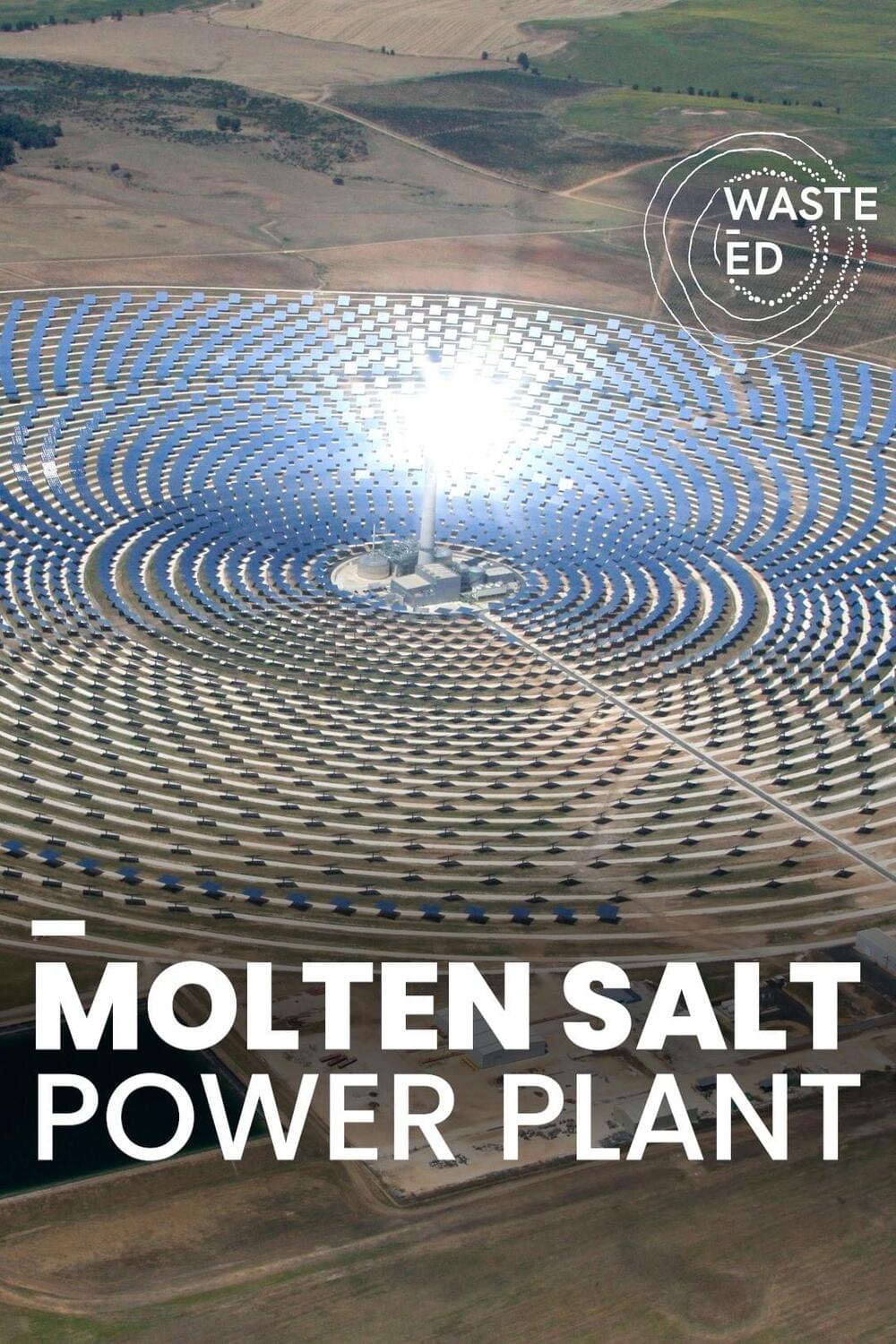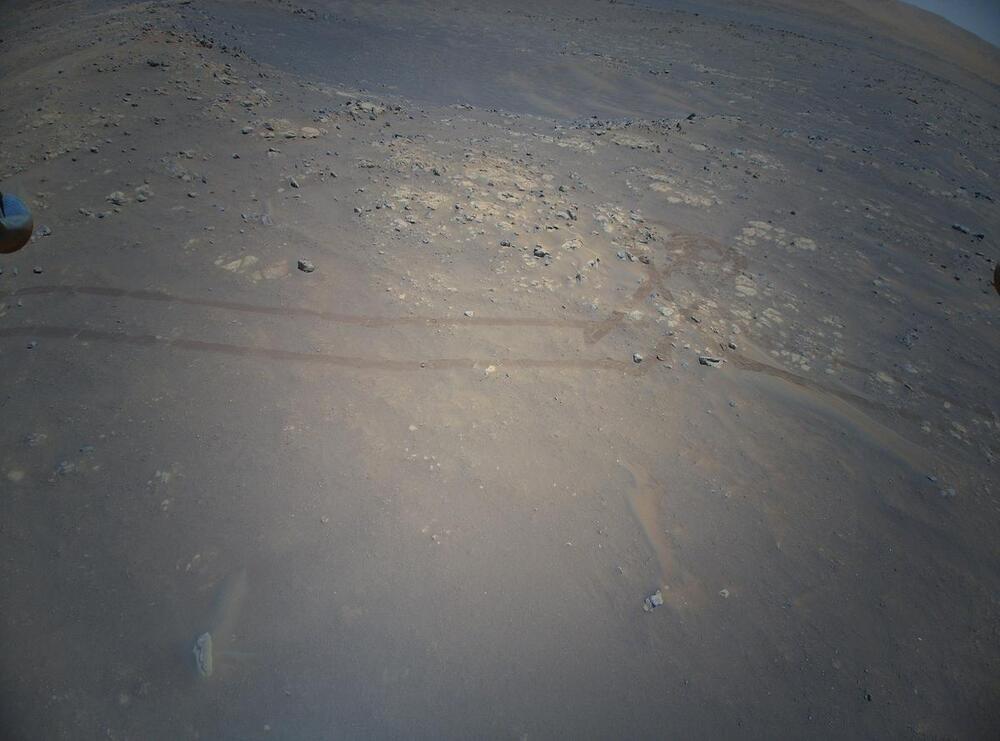The back of your eye, called the retina, reveals a wealth of health information to doctors, and may one day show your body’s true biological age, regardless of how old you are.
On one hand, he wants to travel to other planets and on the other he wants to make our planet cleaner. So I really wonder, do you think he’s helping the world or is he out of touch with reality?
Light-matter interactions form the basis of many important technologies, including lasers, light-emitting diodes (LEDs), and atomic clocks. However, usual computational approaches for modeling such interactions have limited usefulness and capability. Now, researchers from Japan have developed a technique that overcomes these limitations.
In a study published this month in The International Journal of High Performance Computing Applications, a research team led by the University of Tsukuba describes a highly efficient method for simulating light-matter interactions at the atomic scale.
What makes these interactions so difficult to simulate? One reason is that phenomena associated with the interactions encompass many areas of physics, involving both the propagation of light waves and the dynamics of electrons and ions in matter. Another reason is that such phenomena can cover a wide range of length and time scales.
As the new space race heats up, we look at all the big launches, events and stories to watch this year.
The next flight on Mars marks the first of 2022 and the nineteenth for NASA’s Ingenuity Mars Helicopter. The current mission goal is to reach the Jezero river delta to aid the Perseverance rover in path planning and scientific discovery. This flight, which will take place no earlier than Friday, Jan. 7, takes the scout vehicle out of the South Séítah basin, across the dividing ridge, and up onto the main plateau. The precise landing target for Flight 19 is near the landing site of Flight 8. Images taken during Flight 9 by the rotorcraft’s high-resolution Return-To-Earth (RTE) camera were used to select a safe landing zone.
While short, the flight has a challenging start due to featureless sandy terrain that the helicopter currently sits on. Initially chosen for the lack of rocks to land safely, the area is actually so devoid of rock that warnings were reported during Flight 18 landing due to insufficient features to track in the vision navigation. As a result, fault protection parameters will be updated to mitigate the risk of a premature landing mid-ascent.
Flight 19 is the third necessary to cover the same ground flown during Flight 9 — in the opposite direction. This slower approach was taken due to the lack of large landing sites in this portion of Séítah and lower atmospheric density in the summer months which requires higher rotor speeds and power draw from the motors. Spanning 207 feet (63 meters), this flight will last about 100 seconds at a groundspeed of 2.2 mph (1 meter per second) and altitude of 33 feet (10 meters) while taking 9 new RTE images. The final act of the flight is to turn nearly 180 degrees to flip the RTE camera to a forward-facing orientation for future flights toward the river delta.









